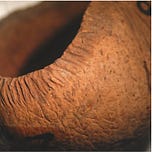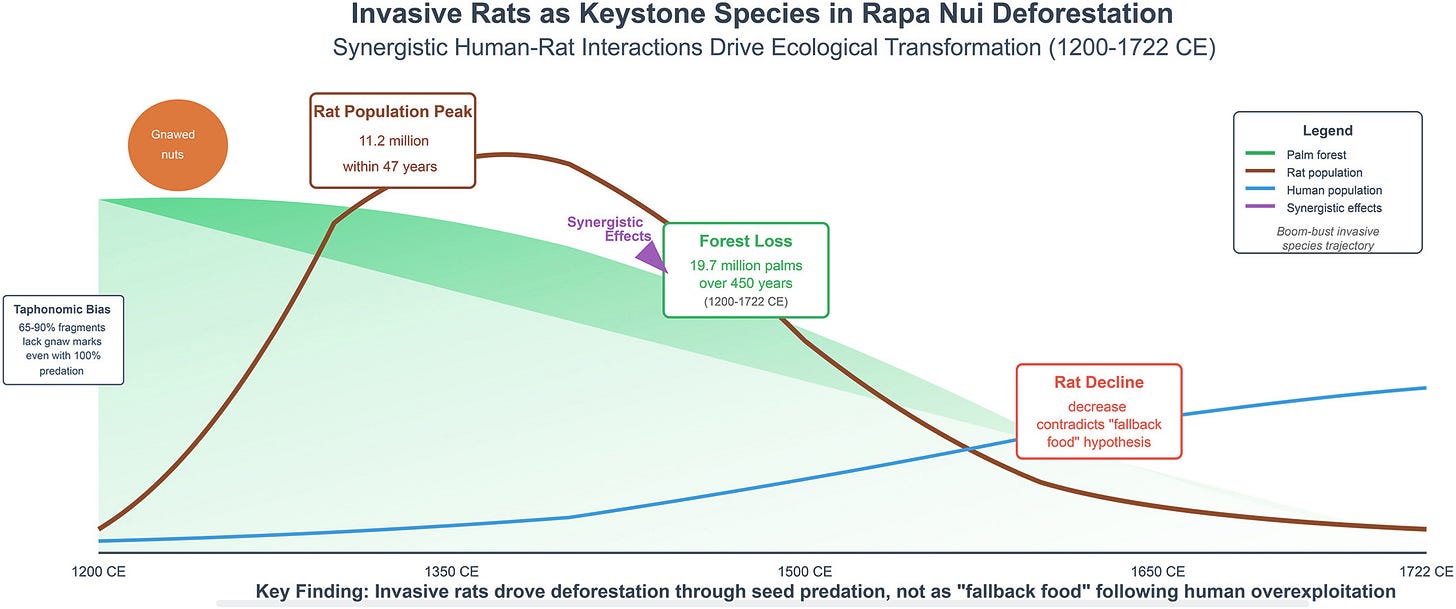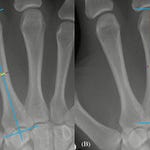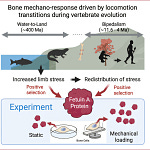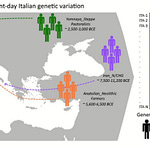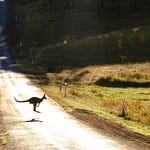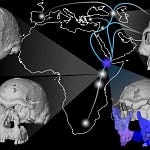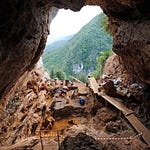A New Villain in an Old Mystery
The story of Rapa Nui, better known as Easter Island, has long been told as a cautionary tale of human overreach. In this familiar narrative, Polynesian settlers arrive on a forested island sometime after 1200 CE, fell its towering palms to move colossal stone statues, and eventually strip the land bare. When European sailors first arrived in 1722, they found a treeless island dominated by grass and low shrubs. To many, it seemed a haunting parable of ecological self-destruction—humans sowing the seeds of their own collapse.
But what if the real culprits were much smaller? What if they had fur, whiskers, and an insatiable appetite?
A new study by Terry Hunt of the University of Arizona and Carl Lipo of the University of Birmingham, published in The Journal of Archaeological Science,1 argues that Rattus exulans, the Polynesian rat, may have been the silent engineer of Rapa Nui’s deforestation. Through ecological modeling and faunal analysis, Hunt and Lipo suggest that these rodents, not human axes, did much of the work—gnawing their way through the island’s future one palm seed at a time.
“Rats reached every corner of Rapa Nui within decades of human arrival,” says Hunt. “They chewed through palm seeds, preventing regeneration before humans ever cleared large tracts of forest.”


